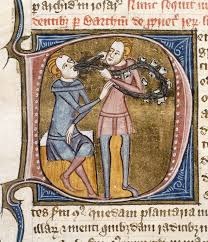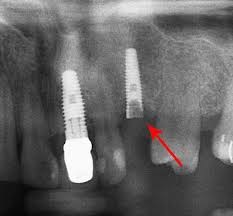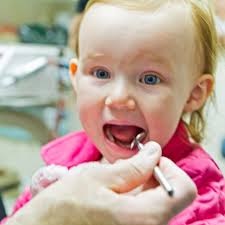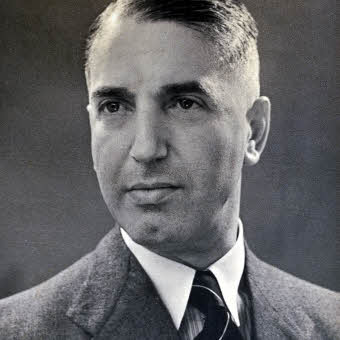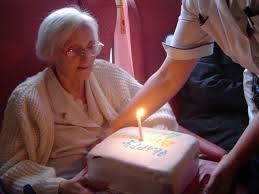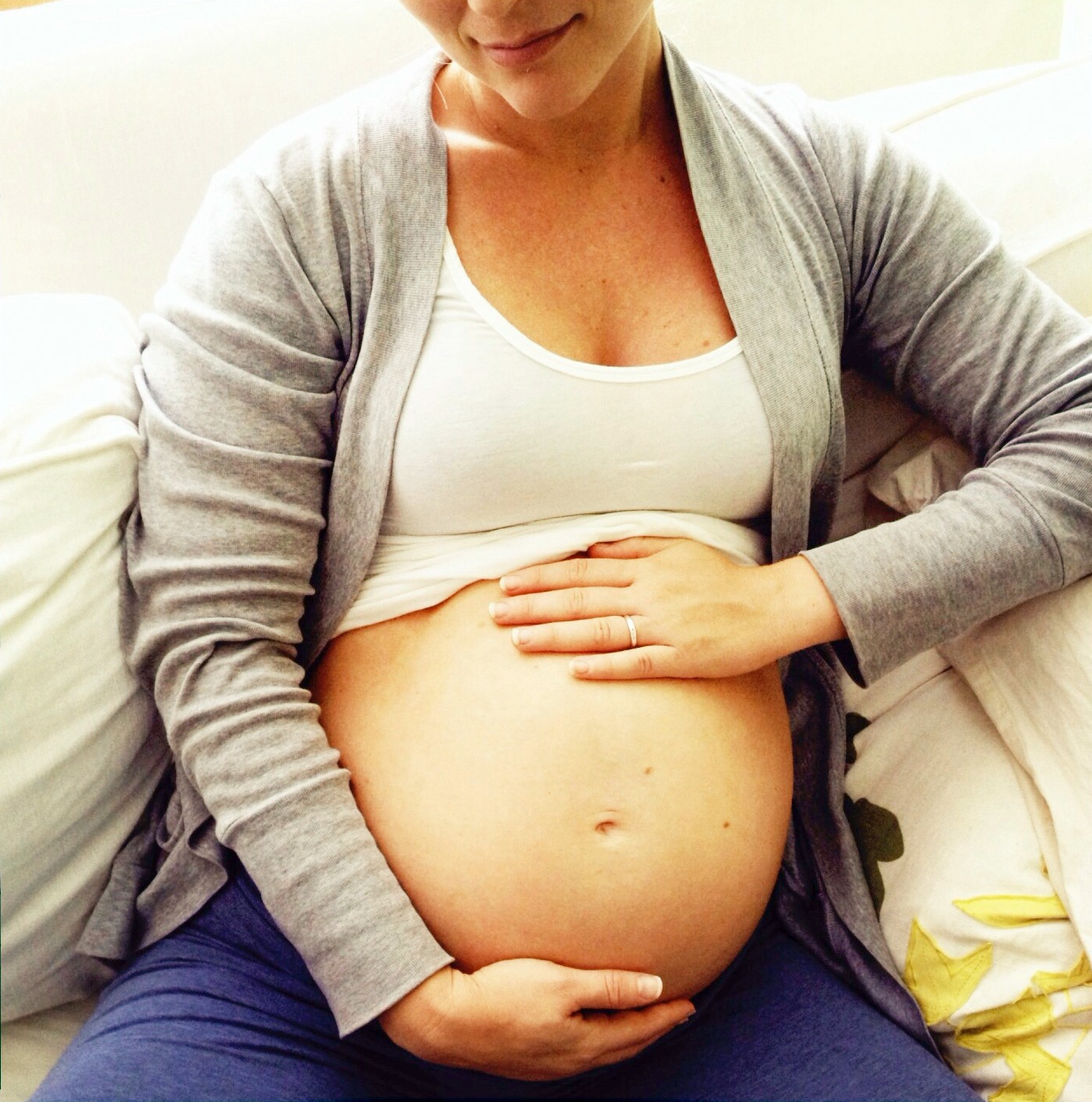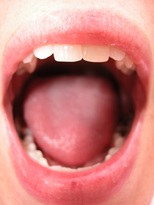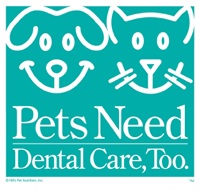 There are lots of fabulous ideas for do-it-yourself projects out there including gardening, interior decoration, and creating kids’ birthday cakes. You can log onto youtube and find thousands of videos about car repair, washing machine repairs and how to use complicated software.
There are lots of fabulous ideas for do-it-yourself projects out there including gardening, interior decoration, and creating kids’ birthday cakes. You can log onto youtube and find thousands of videos about car repair, washing machine repairs and how to use complicated software.
But not everything is a DIY project.
A generally bad idea is DIY dentistry and a particularly awful idea is DIY orthodontia.
But just because it is a bad idea doesn’t make it illegal to post harmful videos and other information on the Internet about home orthodontic treatments.
The Internet includes all sorts of bad advice like utilizing rubber bands and hair elastics around teeth, even paper clips and dental floss.
The use of clear bands, often called gap bands, is the most ubiquitous of the DIY orthodontic tips. These bands are deceptively harmful. These gap bands can move up the teeth and actually dislodge the tooth from the underlying bone. Then, instead of a straightened tooth, you will have a weakened tooth, one that may not be reparable, even one that requires an actual implant to fix.
Dentists and orthodontists’ expertise includes understanding the structure of your teeth, the condition of the surrounding gum and knowledge of which appliances are the safest and most effective.
People embark on DIY projects to save money and because they have some skills in the project area. In the case of orthodontia, there are no savings, there is ordinate potential for great harm and the do it yourselfer clearly has no expertise in the practice of orthodontics.
Instead of going down the DIY road, it is better to visit your oral health care provider and work together on how to make your care affordable. That is the most effective and safest approach to this project.
